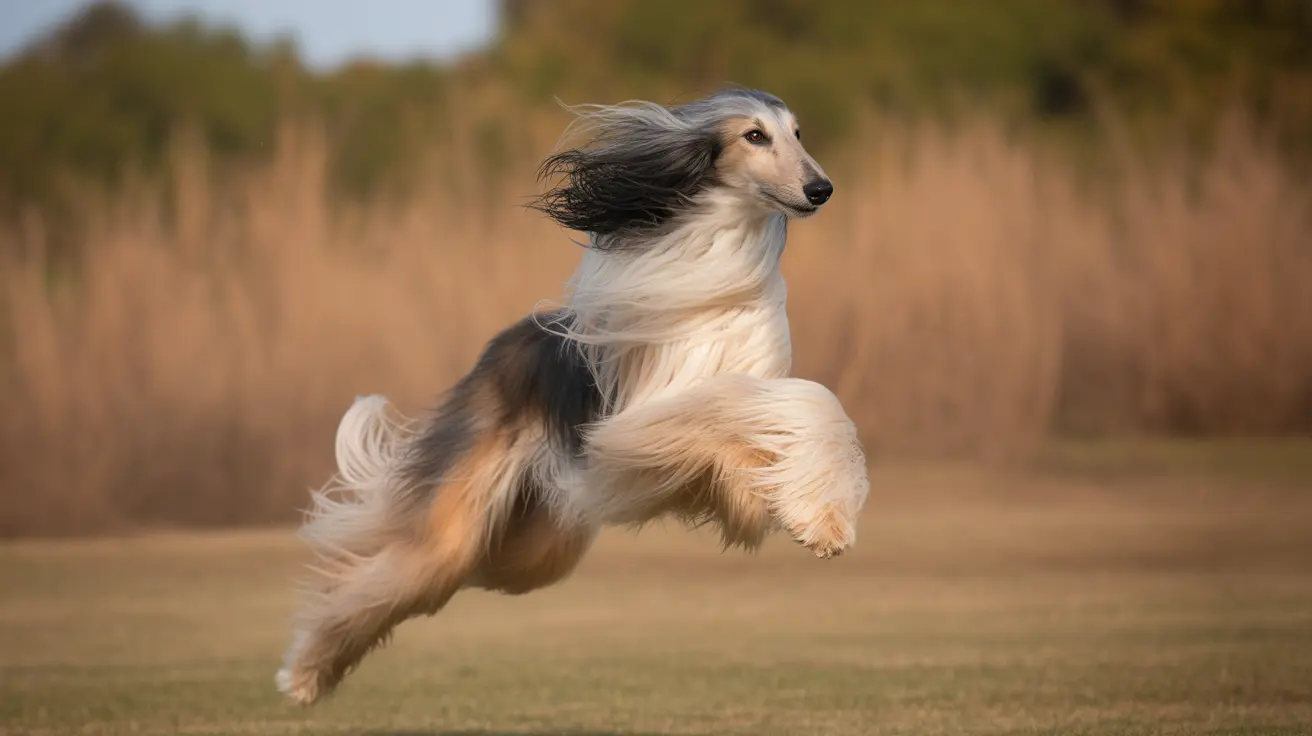Ensuring Dog Safety and Comfort During Long Car Rides
Transporting dogs safely on extended car rides is crucial for both their well-being and the safety of vehicle occupants. Using appropriate restraints such as crash-tested harnesses, carriers, or crates significantly enhances travel safety and reduces stress for your furry companion.
Why Restraints Are Essential
Unrestrained pets pose a serious risk in vehicles. In the event of a collision, even small dogs can become dangerous projectiles, potentially injuring themselves and passengers. Proper restraints reduce this danger and provide peace of mind.
Types of Dog Car Restraints
- Harnesses: Fit around the dog’s chest and hook directly into the car's seatbelt system. Models like the Kurgo Impact and Sleepypod Clickit Sport distribute force evenly, minimizing injuries.
- Carriers: Best for cats and small dogs (under 18 lbs). These must maintain structural integrity in crashes. Examples include the Diggs Travel Carrier and Sleepypod Mobile Bed.
- Crates: Hard-sided enclosures durable enough for large dogs. They should be crash-tested and secured to vehicle anchor points. Trusted models are the Gunner G1 and Cabela’s GunDog Kennel.
The Importance of Crash Testing
Although no universal crash-test regulations exist for pet restraints, the Center for Pet Safety (CPS) has established rigorous standards. CPS-certified products undergo dynamic testing and evaluate factors like material strength and connection point reliability. Avoid harnesses with extension tethers, which increase crash risk.
Top CPS-Certified Safety Products
- Sleepypod Clickit Sport: Features energy-absorbing vests and multiple connection points.
- Sleepypod Clickit Terrain: Offers enhanced durability and security for dogs up to 110 lbs.
- Kurgo Impact Harness: Uses steel buckles and high-strength webbing, integrating fully into car seatbelt systems.
- EzyDog Drive Harness: Lab-tested in Australia; designed with wide straps and molded plates for force distribution.
- Ruffwear Load Up: Provides comfort for anxious or large dogs, though it allows more movement.
- AllSafe Comfort Harness: Meets European crash standards; comes with screw locks and tethers for added security.
Installation and Fit
Proper usage is critical. Always ensure the harness fits snugly (apply the 'two-finger' rule) and practice adjustment prior to any trip. Crates and carriers should be anchored tightly to avoid shifting during movement. Select the largest size appropriate for your dog’s weight and girth if between sizes.
Factors to Consider When Choosing
- Size and Shape: Deep-chested breeds may need specific designs.
- Behavior: Nervous dogs may prefer looser-fitting options that still offer safety.
- Vehicle Compatibility: Ensure products work with your seatbelt system or tie-down anchors.
- Durability and Hygiene: Look for machine-washable or easy-to-clean materials.
Limitations and Safety Notes
No restraint guarantees absolute safety in high-speed accidents. Most crash tests simulate collisions at 30 mph. Very large breeds can exceed safety limits of standard gear, necessitating professional-grade crates when possible. Simple booster seats lack the structural integrity required for crash protection and are not recommended for use as primary restraints.
Quick Use Guidelines
- Measure your dog’s weight and girth to select the right size.
- Adjust harness to fit snugly; allow acclimation time at home first.
- Avoid add-on tethers and aftermarket clips.
- Secure crates or carriers via anchor points as instructed.
- Double-check the setup before every trip.
Recognized Safety Organizations
Center for Pet Safety (CPS) offers certified product lists and crash tests. Use only CPS-tested products when possible for verified safety assurance.
Final Thoughts
For long car journeys, investing in a reliable, crash-tested safety system tailored to your dog’s size and temperament is not just responsible but life-saving. Prioritize comfort, correct fit, and verified certifications to ensure your loyal companion rides safely and happily.





